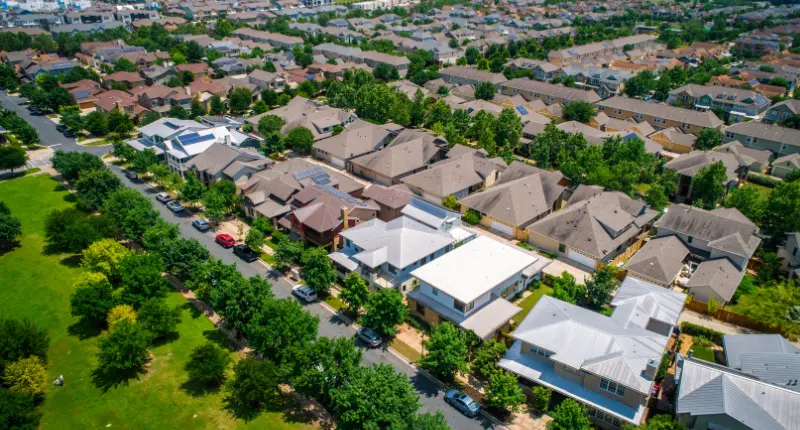
- APRA announced that measures are being considered to curb lending
- Some experts believe policies will target higher debt-to-income ratio lending
- This may be detrimental to single income first home buyers
Australia’s sustained record low-interest rates have meant sections of society such as first home buyers and single income buyers have enjoyed greater access to the property market.
The blissful period may be coming to an end as the Australian Prudential Regulation Authority (APRA) has announced that it is considering measures to address the increasing risk in Australia’s home lending market.
Doron Peleg, CEO of RiskWise Property Research and Pete Wargent, the co-founder of BuyersBuyers, believe policies will target high debt-to-income lending.
“In particular, regulators are taking a keen interest in lending at debt-to-income levels of above six times, which has been increasing since the third quarter of 2020,” he said.
The graph below shows a gradual increase in the debt-to-income ratio since the onset of the pandemic. This trend can be linked to the sustained low interest rates as they incentivise buyers to purchase properties that increasingly outweigh their incomes.
ADI’s Housing Loan Characteristics

The strategy to curb lending is predicted to be enforced through debt-to-income ratio caps. Those who most benefit from low-interest rates would be most at risk should this be implemented.
“In plain English, borrowers might not be able to borrow as much next year, and those with single incomes will likely be the most impacted.”
Doron Peleg, RiskWise CEO
While these measures may lead to some marginal benefits such as reducing the risk of mortgage default, Mr Wargent believes it will also be detrimental to some.
“Single income earners might find that they can’t borrow as much next year, which will make life tricky for those struggling to get into the housing market,” he said.
Mr Wargent said that when similar measures were introduced in the UK, there was a spike in joint income borrowers and a decline in single income first home buyers.
“The benefits to financial stability are up for debate, but it’s very likely that such a move would knock more first home buyers and single income earners out of the market, at the expense of higher-income upgraders and joint income loan applicants,” he added.
When will the ultra-low interest rates ease?
The RBA has predicted that cash rates are likely to remain low until 2024, a sentiment echoed by National Australia Bank (NAB).
This is disputed by CommBank (CAB) economists who predict the cash rate will begin to rise as soon as next year.
Recent research found that 1 in 20 Australians with a home loan would be in financial trouble if interest rates were to rise.







